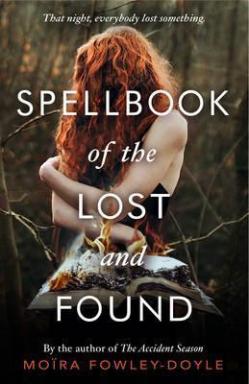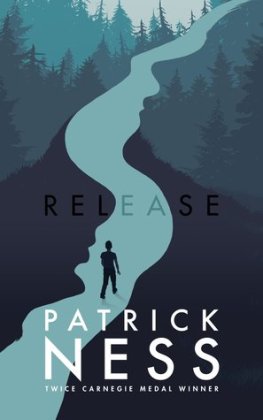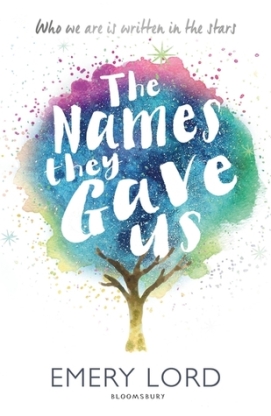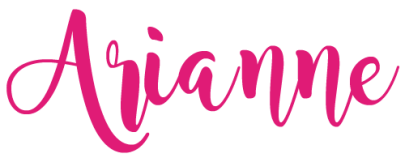Today on the blog, I’m delighted to be hosting author extraordinaire and cool human Lauren James! As you know, I think her books are fabulous and recommend them CONSTANTLY, so it was about time we did an interview. My questions are in bold, while Lauren’s answers are in plain text marked ‘LJ’.
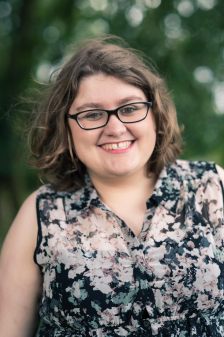 Lauren James was born in 1992, and graduated from the University of Nottingham in 2014, where she studied chemistry and physics. She started writing in secondary school because she couldn’t stop thinking about a couple who kept falling in love throughout history. That story became The Next Together, a debut novel which sold when she was 21.
Lauren James was born in 1992, and graduated from the University of Nottingham in 2014, where she studied chemistry and physics. She started writing in secondary school because she couldn’t stop thinking about a couple who kept falling in love throughout history. That story became The Next Together, a debut novel which sold when she was 21.
The Next Together was described by The Bookseller as ‘funny, romantic and compulsively readable’ and was longlisted for the Branford Boase Award, which recognises outstanding novels by first-time writers. The Last Beginning, the sequel to The Next Together, was named a top LGBT-inclusive book for toung adults by The Independent. She has written two shorter stories in the series, Another Together and Another Beginning. Her third novel, The Loneliest Girl in the Universe, was inspired by a space-based university physics assignment. She is published by Walker Books in the UK, by HarperCollins in the US and in translation in five other countries around the world.
Lauren lives in the West Midlands and is an Arts Council grant recipient. She remains a passionate advocate of STEM further education – all of her books feature scientists. She has written for the Guardian, Buzzfeed and The Toast. You can find her on Twitter at @Lauren_E_James or her website, where you can subscribe to her newsletter to be kept up to date with bonus content and new releases.
Hi Lauren! Thanks for joining me on The Paper Alchemist today. You’ve got three books out on shelves, another out this year, and always (so it seems!) a draft or secret project on the go. How do you manage to juggle so many – often very different – projects?
LJ: I do have a ridiculous number of projects on the go! It’s because everything is always at different stages and I find it hard to wait for feedback or edits from a whole range of different people, so I start up something new in the meantime. It works out quite well, because there’s always something different to work on. I’ll send off an edited book and pick up drafting a new book, then go back to editing, etc. I think I’d find it quite difficult to work on more than one novel at a time though – I’d get scenes muddled up!
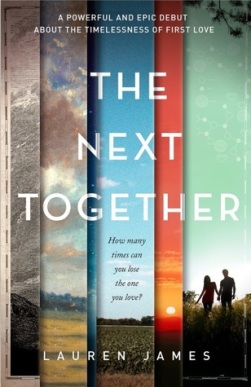 The Next Together was your first novel. What do you still love about the book? Is there anything you feel you’ve gotten better at in writing since that first step into YA?
The Next Together was your first novel. What do you still love about the book? Is there anything you feel you’ve gotten better at in writing since that first step into YA?
LJ: I think I’ve got better at everything since The Next Together. When I think back to writing that book, it was so difficult in every way – I was basically teaching myself to write and edit as I went. If I wrote it now it would be a very different book. But I’m really proud of what I managed to do with the concept as a complete writing novice. It launched my career, and it’s likely I’d never have been brave enough to try to write full time if I hadn’t got a book deal at that point in my life, when I was still at university, so I have a lot to be grateful for! I really love the chemistry between Kate and Matt, and their sense of humour and tenderness. It still makes me laugh when I reread parts.
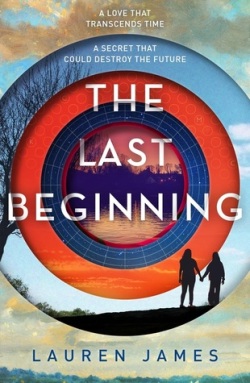 In The Next Together and The Last Beginning, Katherine and Matthew and Clove and Ella get along well with each other – they’ve got quite realistic and healthy relationships (despite everything time travel throws at them). Is this something you intended to focus on from the start?
In The Next Together and The Last Beginning, Katherine and Matthew and Clove and Ella get along well with each other – they’ve got quite realistic and healthy relationships (despite everything time travel throws at them). Is this something you intended to focus on from the start?
LJ: I really hate when romance novels have characters who seem to genuinely dislike each other. I love a good enemies-to-lovers trope, but when characters bicker constantly and don’t seem to enjoy each other’s company, with lots of misunderstandings even when they’ve started dating, it doesn’t feel romantic to me. A partner should be your best friend, first and foremost. Otherwise what’s the point? So for me, in every book I write, I want to create really solid relationships where the characters are equally important to each other, even if the romantic tension was taken away and it was purely platonic.
You primarily write sci-fi, though several of your books have elements of historical fiction and contemporary romance, too. Are there any genres you haven’t tried or explored yet that you’d like to write?
LJ: I’d love to write a contemporary YA set at university. And a superhero book. And a regency romance with magic. And a middle grade about animals. And, and, and – I want to write everything! Hopefully I’ll be given the chance!
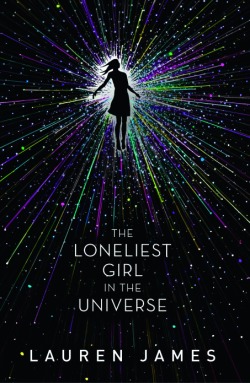 In The Loneliest Girl In The Universe, protagonist and space ship captain Romy has never set foot on Earth. If you had to explain some earth objects or activities she’s never experienced but only have heard of in theory, what do you think she’d find the strangest and what one would she most enjoy?
In The Loneliest Girl In The Universe, protagonist and space ship captain Romy has never set foot on Earth. If you had to explain some earth objects or activities she’s never experienced but only have heard of in theory, what do you think she’d find the strangest and what one would she most enjoy?
LJ: I think swimming would be something she’d enjoy, though it would still be strange after a lifetime of water being such a precious thing. I think a swimming pool or hot bath would blow her mind – imagine floating for the first time!
I think walking down a crowded street would probably be the strangest, as she wouldn’t know how to deal with all the people. Is she supposed to talk to them? Where are they all going? Are they looking at her? It would be tough.
You’ve spoken before about how you once felt compelled to read hyped-up or mainstream YA and struggled a bit to love reading when forcing yourself to do so. If you had to pick three underappreciated books you think YA fans would love (or that might get them out of a reading slump!), what would they be and why?
LJ: I used to, yes, but once I stopped myself reading anything because of the hype, and just read for enjoyment again, I’ve not had a reading slump since!
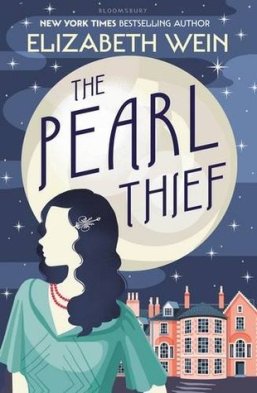 The Pearl Thief by Elizabeth Wein: I’m a huge fan of thirties detective novels like Agatha Christie and Dorothy L Sayers, and this is a perfect spin on that – there’s murder, rich people living frivolously, dogs, Bronze age marine archaeology, bisexual characters exploring both sides of their sexuality, castles, cross-dressing cabaret shows, TREASURE-HUNTING, pearls, buried treasure (did I mention the treasure?) and river trawling. I’m so into it in every way. This is a great read for YA fans who want something a bit unusual.
The Pearl Thief by Elizabeth Wein: I’m a huge fan of thirties detective novels like Agatha Christie and Dorothy L Sayers, and this is a perfect spin on that – there’s murder, rich people living frivolously, dogs, Bronze age marine archaeology, bisexual characters exploring both sides of their sexuality, castles, cross-dressing cabaret shows, TREASURE-HUNTING, pearls, buried treasure (did I mention the treasure?) and river trawling. I’m so into it in every way. This is a great read for YA fans who want something a bit unusual.
Monsters by Emerald Fennell: A dark upheaval of the middle grade novel, with children who may or may not be serial killers. It’s not one for children, but it’s very Enid Blyton all the same.
Binti by Nnedi Okorafor: For a YA fan wanting to branch out into some sci-fi, this is a short novella that gives a perfect taste of Black Panther style afrofuturism. It’s about an African tribal girl who travels to a different planet to study maths at uni. Her dreadlocks are TENTACLES. Enough said.
Your books all have multimedia sections: articles, postcards, powerpoints, blog entries, chat messages, and in The Loneliest Girl, fanfiction. How do you approach writing these pieces (and do you have a favourite individual one)?
LJ: I’m not gonna lie, these are so tough. It’s really hard to come up with new formats I haven’t done before! It takes a lot longer to make them than writing normal prose, but they’re so interesting that I would never get rid of them. They’re some of my favourite parts of the books, and I think they’re quite enticing, especially for younger readers.
I often make lists of possible media while I’m drafting – leaflets, architectural proposals, posters, post-it notes – and when the book is complete I’ll go back through and see where those things might fit into the story. Usually they don’t cover things already written about in the text but give more background to the world to make it seem more real. And anything that’s funny gets priority. 😉
My favourite is probably this one from The Next Together. I must have written it about six years ago now, but I still find it hilarious. I remember it was one of the first times when I was still in the early stages of writing that I realised “Wait, I might actually be funny.”
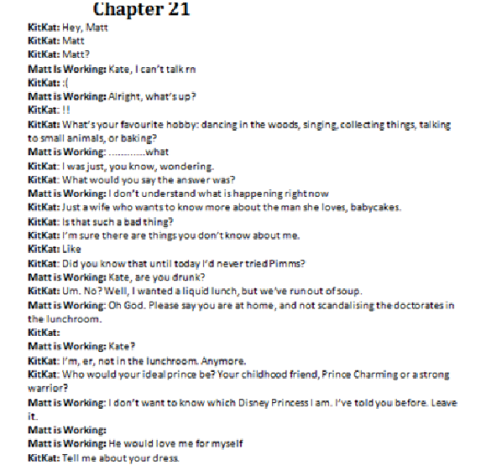
As well as being a writer, you’re also a qualified scientist™, an ambitious baker, and the resident human to several very excitable dogs. Is there anything you can’t do?! (And, for the fans, what are you working on at the moment?)
LJ: Hah! There’s so much I can’t do. I’m terrible at driving, for a start (don’t ask me to go on a motorway). I think it’s important to do other things besides writing, because otherwise all you have to write about is writing, you know? I’ve just finished edits on my next book, which comes out this autumn, about the last boy and girl born after humanity stop being able to conceive (the title/cover haven’t been revealed yet but you can add it here on Goodreads). I like to travel as much as possible, and I’m always going to exhibitions and museums – you never know where inspiration might strike.
Thanks again to Lauren for a fabulous interview – if you enjoyed it, feel free to comment down below!
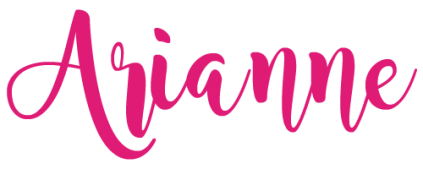
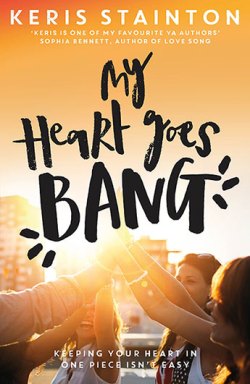 Author(s): Keris Stainton
Author(s): Keris Stainton
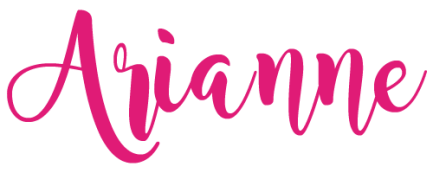

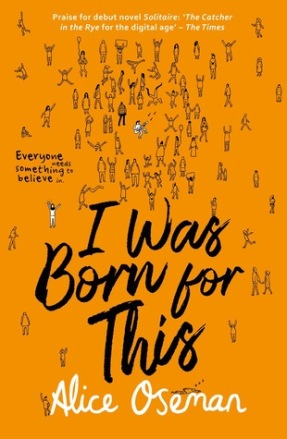 Author(s): Alice Oseman
Author(s): Alice Oseman
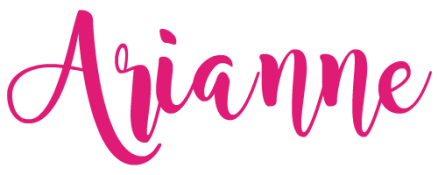
 Lauren James was born in 1992, and graduated from the University of Nottingham in 2014, where she studied chemistry and physics. She started writing in secondary school because she couldn’t stop thinking about a couple who kept falling in love throughout history. That story became The Next Together, a debut novel which sold when she was 21.
Lauren James was born in 1992, and graduated from the University of Nottingham in 2014, where she studied chemistry and physics. She started writing in secondary school because she couldn’t stop thinking about a couple who kept falling in love throughout history. That story became The Next Together, a debut novel which sold when she was 21.
 In The Next Together and
In The Next Together and  In
In  The Pearl Thief by Elizabeth Wein: I’m a huge fan of thirties detective novels like Agatha Christie and Dorothy L Sayers, and this is a perfect spin on that – there’s murder, rich people living frivolously, dogs, Bronze age marine archaeology, bisexual characters exploring both sides of their sexuality, castles, cross-dressing cabaret shows, TREASURE-HUNTING, pearls, buried treasure (did I mention the treasure?) and river trawling. I’m so into it in every way. This is a great read for YA fans who want something a bit unusual.
The Pearl Thief by Elizabeth Wein: I’m a huge fan of thirties detective novels like Agatha Christie and Dorothy L Sayers, and this is a perfect spin on that – there’s murder, rich people living frivolously, dogs, Bronze age marine archaeology, bisexual characters exploring both sides of their sexuality, castles, cross-dressing cabaret shows, TREASURE-HUNTING, pearls, buried treasure (did I mention the treasure?) and river trawling. I’m so into it in every way. This is a great read for YA fans who want something a bit unusual.

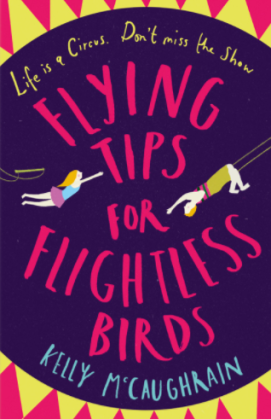 Author(s): Kelly McCaughrain
Author(s): Kelly McCaughrain

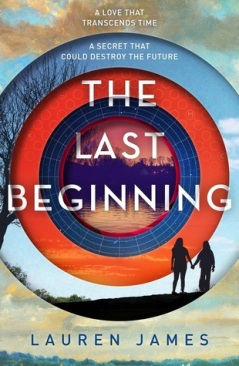 The Last Beginning by Lauren James
The Last Beginning by Lauren James 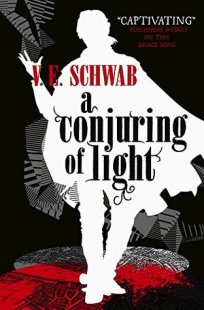 A Conjuring of Light by V.E. Schwab
A Conjuring of Light by V.E. Schwab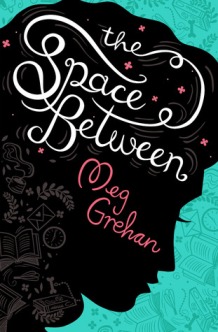 The Space Between by Meg Grehan
The Space Between by Meg Grehan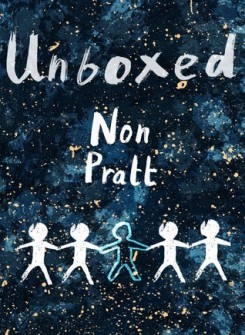 Unboxed by Non Pratt
Unboxed by Non Pratt 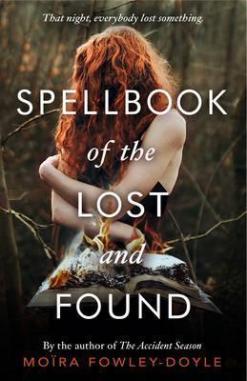
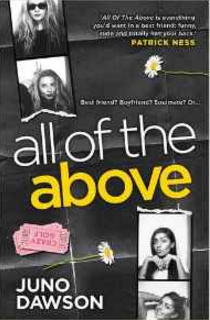 All of the Above by Juno Dawson
All of the Above by Juno Dawson 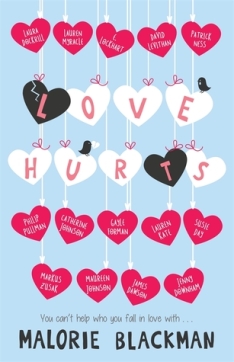 Bonus: Tumbling by Susie Day (short fiction)
Bonus: Tumbling by Susie Day (short fiction) 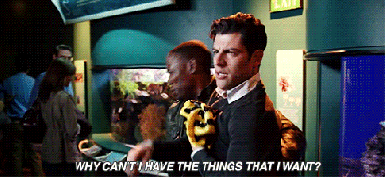
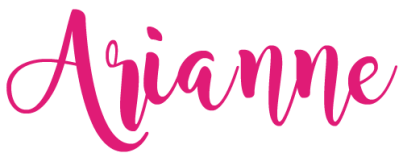
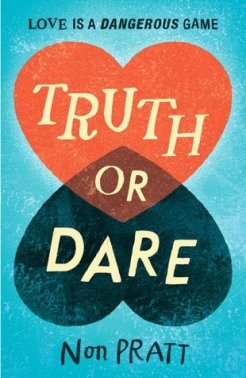 Author(s): Non Pratt
Author(s): Non Pratt

